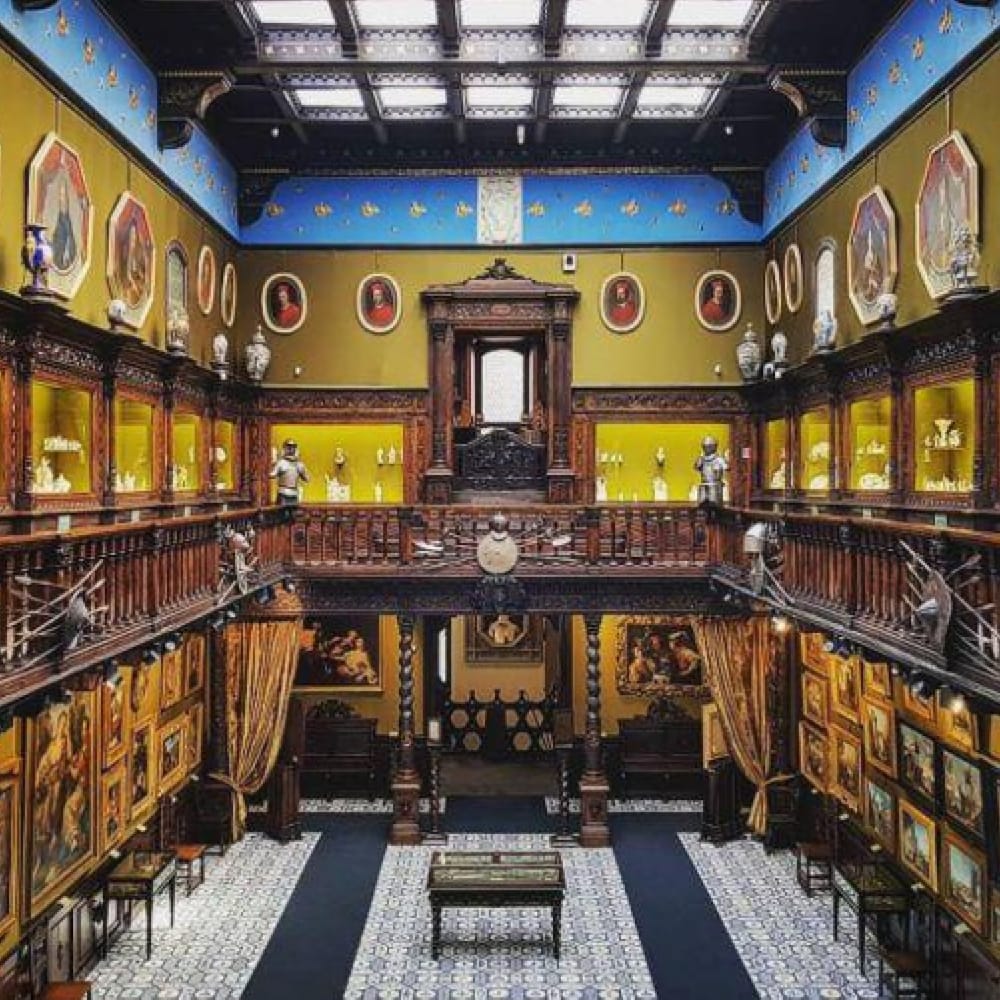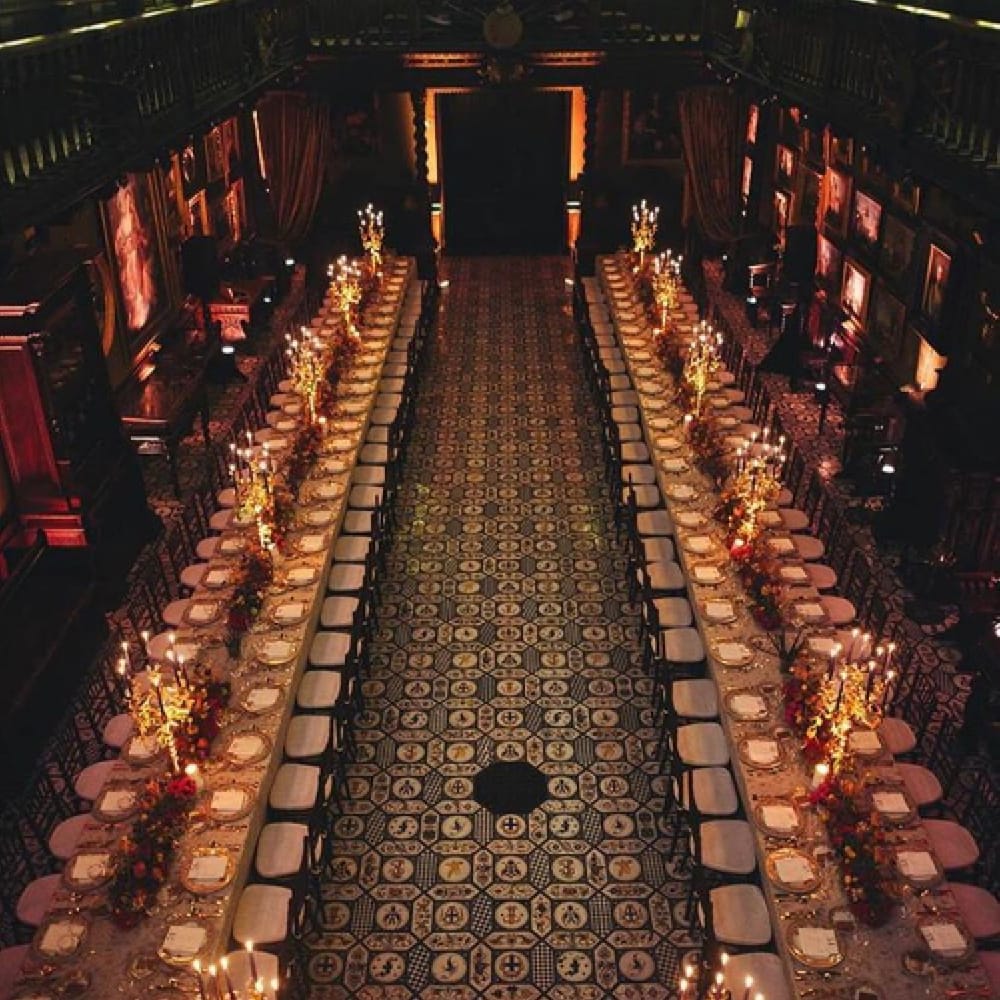The Gaetano Filangieri Museum is located inside Palazzo Cuomo, a Renaissance-style building with a rustic stone facade. It was built between 1464 and 1490 by the Florentine Giuliano da Maiano for a wealthy merchant, Angelo Como (or Cuomo). It was then sold in 1587 and incorporated into an adjacent monastery. In 1881-82, during the urban renewal of Naples, the entire building was dismantled and moved back about 20 meters to widen the road, which is why it was also coined by the Neapolitan people as “the walking palazzo”. The museum was inaugurated in 1888 by Gaetano Filangieri Junior (1824–92), prince of Satriano. Much of the collection was destroyed by retreating German troops in September 1943. Since then, works from other Neapolitan sites were later incorporated to form a new collection. There are about three thousand works on display, including paintings, sculptures, weapons, porcelain, majolica, furniture, clothes, a rich library and a historical archive. On the ground floor you can admire oriental and European axes, swords and katanas; on the first floor, a collection of porcelain of rare beauty, supported by mythological paintings and famous portraits.
Among the artists whose paintings are in the Museum are: Jusepe de Ribera, Bernardino Luini, Fedele Fischetti, Francesco Solimena, Francesco Jerace, Lorenzo Vaccaro, Filippo Tagliolini, Gesualdo Gatti and Luca della Robbia.
Nestled between the San Severo complex, the Duomo and Spaccanapoli, the Filangieri museum is a hidden jewel of Neapolitan culture. An enchanted and ancient place that celebrates the splendor and antique opulence of old Naples.


